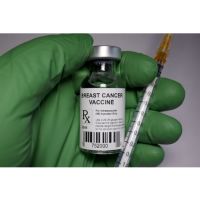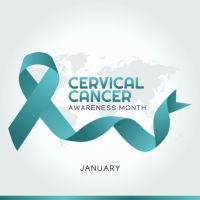Described below are the main findings:
Behavioural health worsened by several measures.
- Frequent mental distress increased by 14%, from 15.9% to 18.1% of women ages 18-44 between 2016-2017 and 2018-2019.
- Child anxiety increased 21% from 2019 to 2020. These data include the early stages of the COVID-19 pandemic.
- Teen suicide increased by 26%, from 8.9 deaths in 2014-2016 to 11.2 deaths in 2017-2019 per 100,000 adolescents.
- Drug deaths increased by 24%, from 16.7 to 20.7 deaths per 100,000 women between 2014-2016 and 2017-2019.
Women’s health worsened by several measures.
- Maternal mortality rose by 16%, from 17.4 to 20.1 maternal deaths per 100,000 live births between 2018 and 2019.
- Obesity rose by 9% from 27.4% to 30.0% of women ages 18-44 between 2016-2017 and 2018-2019.
- Low birthweight rose by 4%, from 8.0% to 8.3% of live births between 2014 and 2019.
However, there were some positive developments. Overall, children living in poverty decreased by 24%. Teenage birth rates and smoking among women fell by 18% and 37%, respectively. However, these improvements were not universal. Women with lower socioeconomic status or of American Indian, Alaska Native women origin had higher smoking prevalence. Infants born to Black mothers were twice as likely as infants born to white mothers to have low birth weights, rates of which have remained unchanged since 2017.
These data highlight ongoing disparities that are related to socioeconomic status. Generally, poor health outcomes are associated with poverty, including increased mortality and chronic disease. The chronic stress that comes with poverty, including unreliable access to food, health care and stable housing, is hard on adults and can hamper children’s health and development through life. Poverty rates were highest among those identifying as Native American or Black and lowest among those identifying as White or Asian.
References:
United Health Foundation (2021) “Health of Women and Children Report 2021” Available at: assets.americashealthrankings.org/app/uploads/hwc2021-report.pdf



























